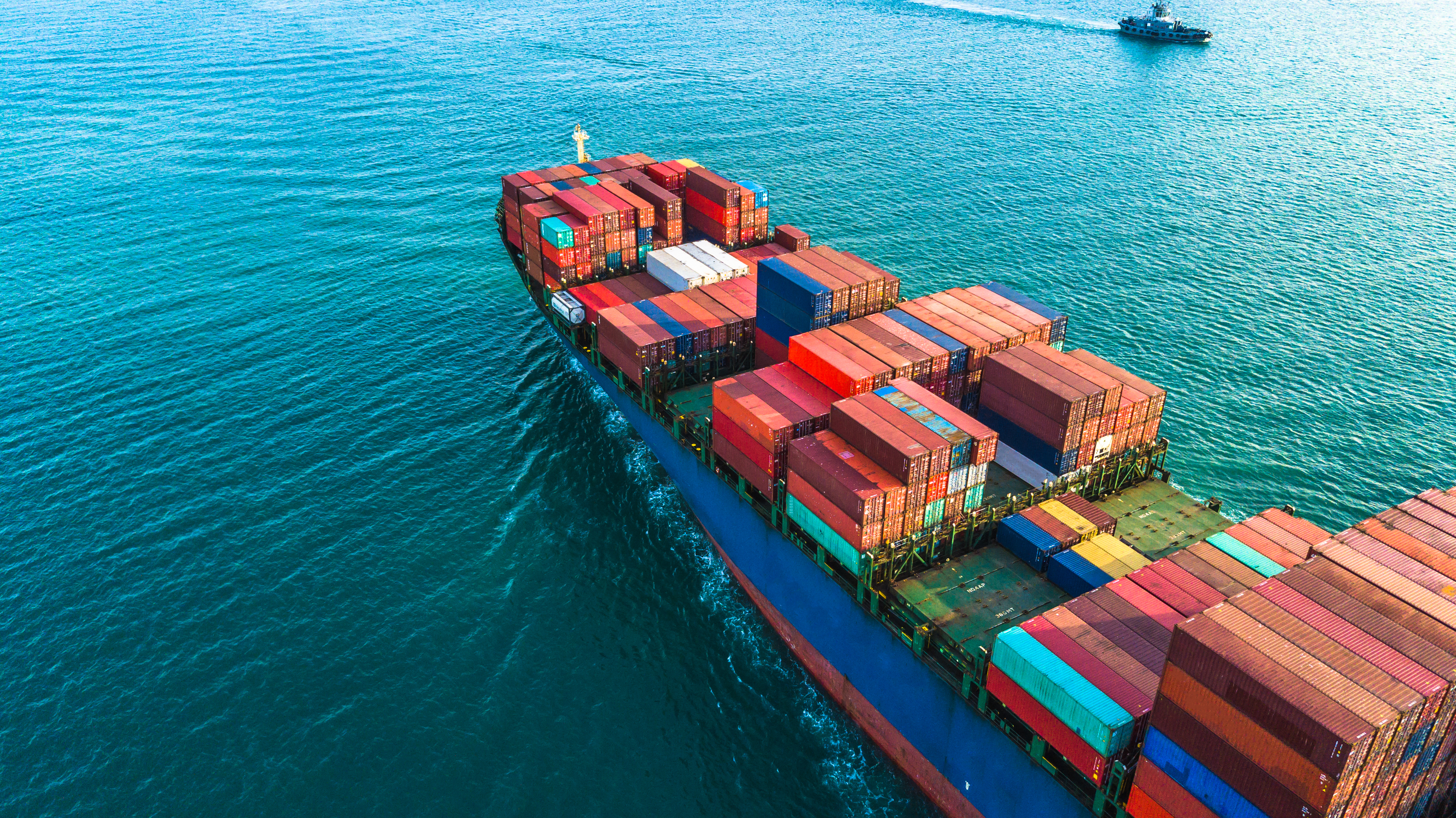The Montreal Convention 1999 and the interpretation of an airline tariff rule
The New South Wales Court of Appeal in the decision in Air Canada v Evans [2024] NSWCA 153 has clarified how the Air Canada tariff rules should be interpreted in the light of the Montreal Convention 1999.
In brief:
The New South Wales Court of Appeal in the decision in Air Canada v Evans [2024] NSWCA 153 has clarified how the Air Canada tariff rules should be interpreted in the light of the Montreal Convention 1999.
Background
Renae and Stephanie Evans sustained spinal injuries allegedly from in flight turbulence during a flight from Vancouver to Sydney in July 2019.
Each sought damages from Air Canada in proceedings in the New South Wales Supreme Court. In two preliminary questions Rothman J. found that a rule of the Air Canada tariff had the effect that if damages assessed beyond 128,281 Special Drawing Rights then they were entitled to recover that sum even if Air Canada could prove it was not negligent or was caused by the wrongful act or omission of a third party. He also held that Part 2 of the Civil Liability Act 2002 (NSW) applied to the assessment of damages.
The airline appealed the determination in relation to the interpretation of the airline tariff rule.
Although there are conflicting decisions on the application of the domestic State law to assessment of damages this determination was not the subject of appeal.
Rule 105 - Liability of Carriers
While the Air Canada tariff provided in Rule 105 (B) (5) that "For the purposes of international carriage governed by the Montreal Convention, the liability rules set out in the Montreal Convention are fully incorporated herein and shall supersede and prevail over any provisions of this tariff which may be inconsistent with those rules", Rule 105 (C) provided:
"Limitation of liability
-
Where the Montreal Convention applies, the limits of liability are as follows:
-
There are no financial limits in respect of death or bodily injury."
The issue for consideration in the appeal was whether the effect of Rule 105 in the tariff was to waive the partial defences otherwise available to Air Canada under Article 21 (2) of the Montreal Convention 1999.
Article 21 (2) provides that;
"The carrier shall not be liable for damages … to the extent that they exceed for each passenger 100,000 Special Drawing Rights if the carrier proves that:
-
Such damage was not due to the negligence or other wrongful act or omission of the carrier or its servants or agents; or
-
Such damage was solely due to the negligence or other wrongful act or omission of a third party."
The Appeal decision
Justice Leeming delivered the leading judgment with which Justices Payne and Griffiths agreed.
The judgment looked at the history of the Montreal Convention and the background to the introduction of Article 21 (2).
Air Canada submitted that a stipulation in Article 25 which permits a carrier to stipulate higher limits or no limit whatsoever had no application to Article 21 and that rule 105 (C)(1) (a) of the tariff could not, pursuant to Article 25, remove Air Canada's entitlement to make out a defence that it was not negligent.
It further submitted that on its proper construction the tariff rule did not stipulate that there were to be no limits under Article 21.
The first point had not been argued before Rothman J at first instance.
The appeal decision noted that there were certain obligations in Canada as to what matters must be included in any tariff to be approved. In particular the tariff was required to include the limits of liability, exclusions from liability and procedures to be followed.
The tariff made no reference to exercise of any power under Article 25 to stipulate that there was no limit of liability.
The tariff provided that in the event of inconsistency the Montreal Convention was to prevail.
There were other textual differences which the Court of Appeal noted and relied upon.
If Air Canada could not rely on the partial defence in Article 21 (2), could it rely on the Article 20 defence of contributory negligence?
There would be internal inconsistency in the tariff if interpreted as having the effect as found by Rothman J.
For these reasons the court upheld the appeal in favour of the interpretation of the tariff provisions as proposed by Air Canada.
Comment
The decision is no doubt welcomed by Air Canada and any airlines which operate under similar tariff provisions - and accords the supremacy of the Montreal Convention 1999 as seems to have been intended by Rule 105 (B) (5) of the tariff.


